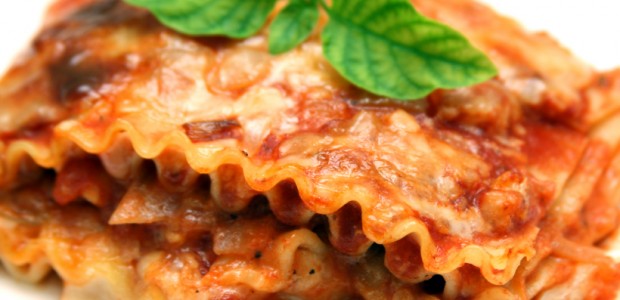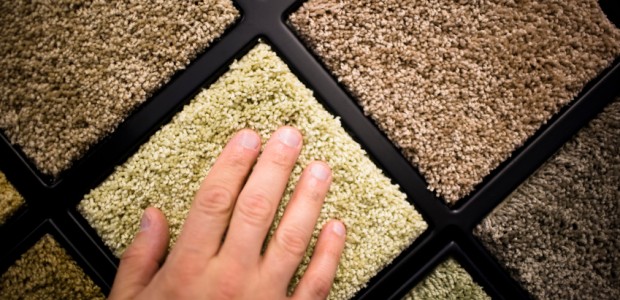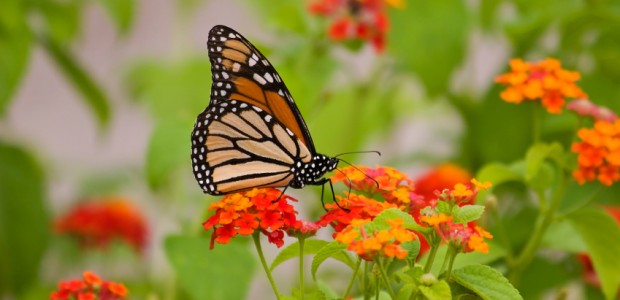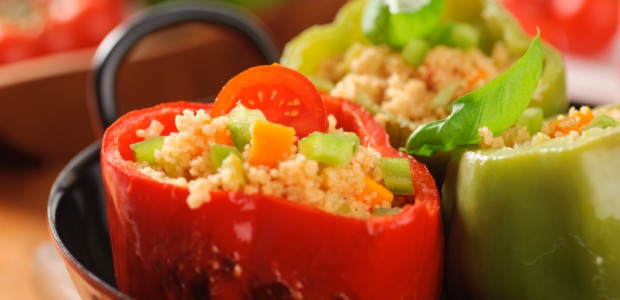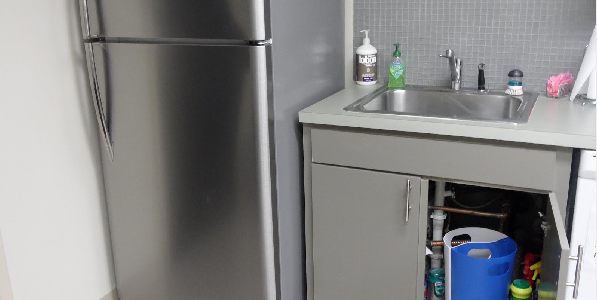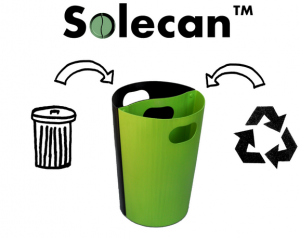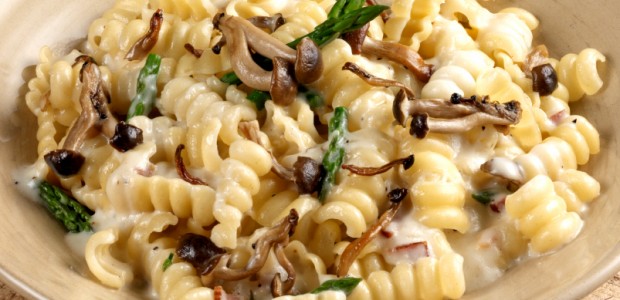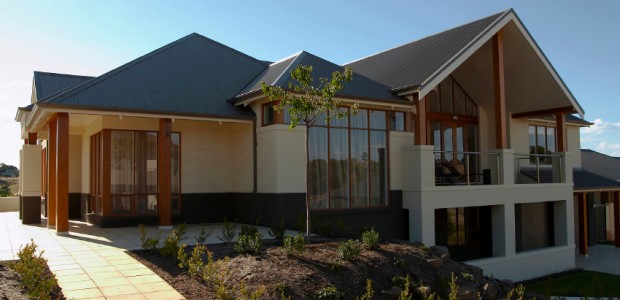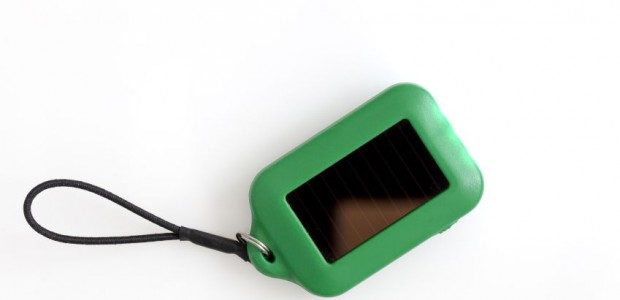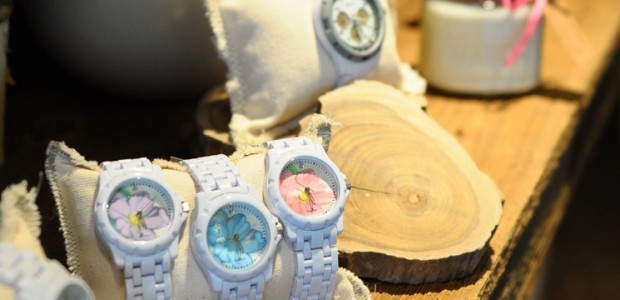Meatless Monday is here again! We have found a yummy vegetarian lasagna that not only tastes amazing but you won’t even miss the meat!
Ingredients
9 uncooked lasagna noodles (wheat preferable)
1/2 cup chopped onion
2 garlic cloves, minced
2 cups diced zucchini
1-1/2 cups sliced fresh mushrooms
1 cup thinly sliced carrots
1/2 cup diced green pepper
1/2 cup diced sweet red pepper
1 can (28 ounces) crushed tomatoes
1-1/2 cups water
1 can (6 ounces) tomato paste
1 teaspoon sugar
1 teaspoon fresh basil (dried works too)
1/2 teaspoon salt
1/2 teaspoon dried rosemary, crushed
1/4 teaspoon pepper
1 carton (15 ounces) reduced-fat ricotta cheese
1-1/2 cups (6 ounces) shredded part-skim mozzarella cheese, divided
1/4 cup grated Romano cheese
Directions
Cook lasagna noodles according to package directions. Meanwhile, in a large saucepan coated with cooking spray, sauté onion and garlic for 3 minutes. Add the zucchini, mushrooms, carrots and peppers; cook and stir until tender, about 5 minutes. Stir in the tomatoes, water, tomato paste and seasonings. Bring to a boil. Reduce heat; cover and simmer for 20 minutes. Remove 2 cups sauce and set aside.
Drain noodles; set aside. Combine the ricotta, 1 cup mozzarella and Romano cheese. In an ungreased 13-in. x 9-in. baking dish, layer a third of the remaining sauce, three noodles and half of the cheese mixture. Repeat layers. Top with remaining sauce and noodles. Spread reserved sauce over top.
Cover and bake at 350° for 45 minutes. Uncover; sprinkle with remaining mozzarella. Bake 5-10 minutes longer or until cheese is melted. Let stand for 15 minutes before cutting. Yield: 8 servings.
Nutritional Analysis: Serving Size: About 8/One piece equals 244 calories/ 9 g fat (5 g saturated fat)/ 32 mg cholesterol/ 672 mg sodium/ 26 g carbohydrate/ 4 g fiber/17 g protein.
